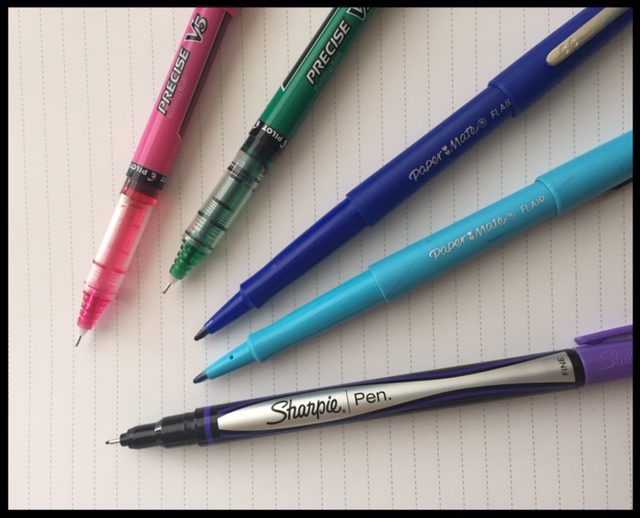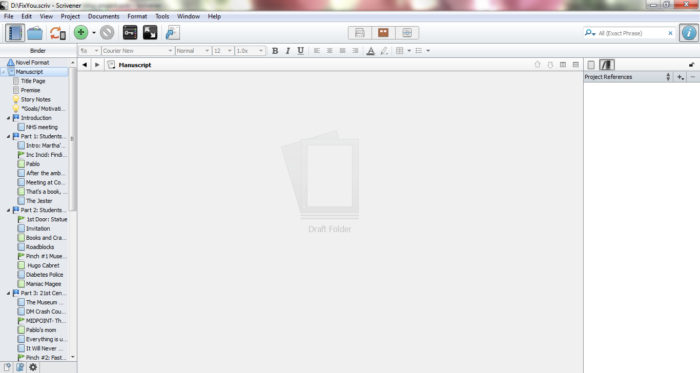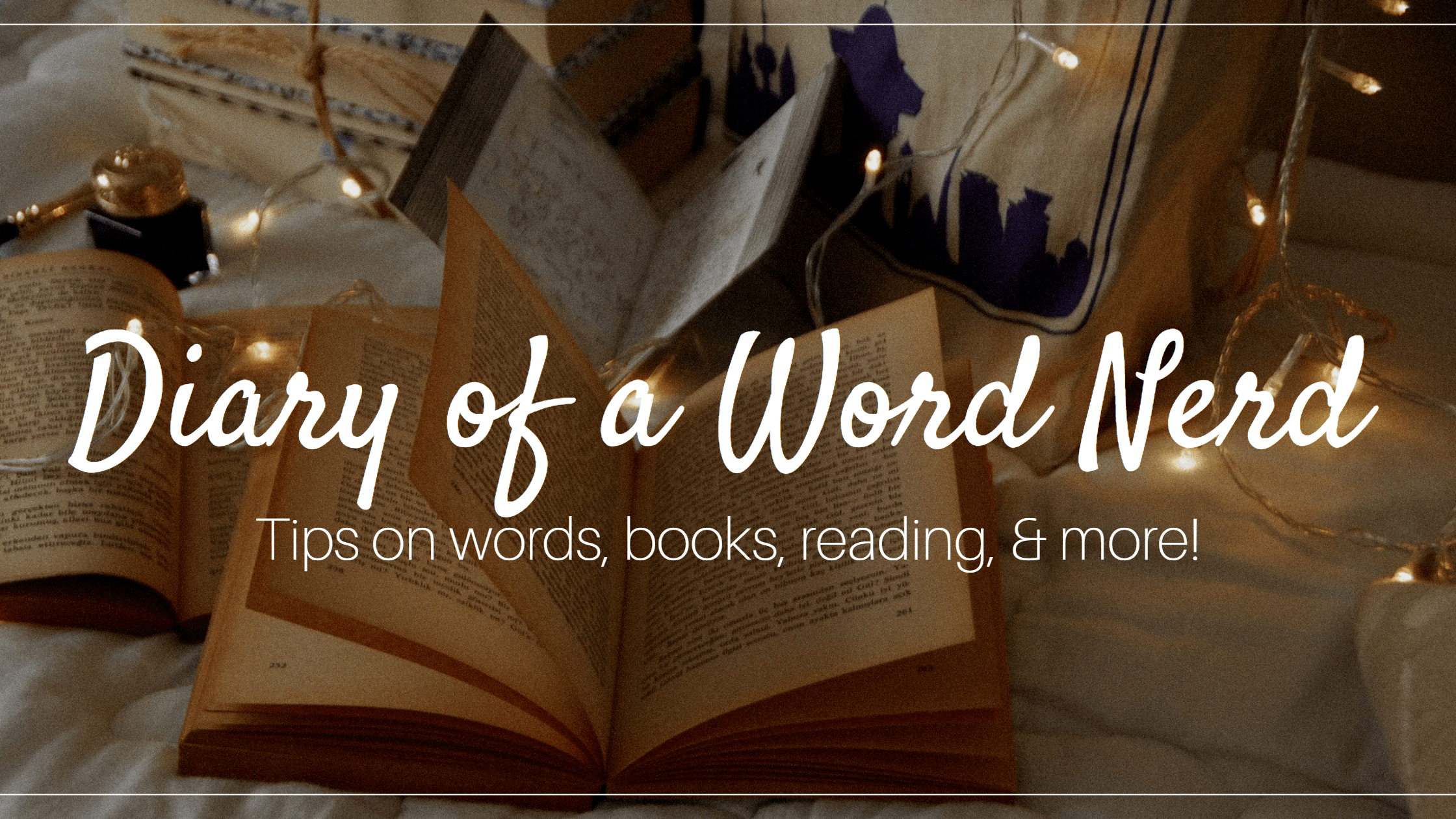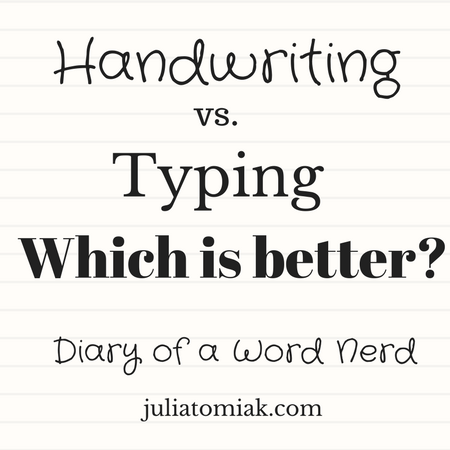In a world increasingly populated by keyboards and touch screens, some people think we don’t need handwriting any more. In fact, according to this Ted Talk by Jake Weidman, 41 out of 50 states no longer have handwriting curriculum in schools. Who needs cursive when you can dictate to Siri?
But hold on a minute! What about hand written notes, fun colored pens, and using paper and ink to scribble out ideas? Handwriting is a tool we need to learn and create, and so is typing. Instead of pitting these two methods of writing against each other, and potentially losing one, let’s appreciate each for the benefits it offers.
The difference between handwriting and typing
Handwriting and typing stimulate different parts of the brain, so really, one cannot replace the other. We still need both! The trick is knowing when to use each one. Clive Thompson writes about technology and its influence on people. In his Inbound talk, “How the way you write changes the way you think”, he cited a study which examined people taking notes via pen and paper versus typing. Turns out, the people who hand wrote notes remembered more from the lecture they heard than people who typed notes. Also, people who doodle while listening to someone speak remember more than those who don’t. (Yeah for all of those flowers in the margins of my notes!)
Why do writing and typing produce different results? Experts offer a number of reasons:
- When we write by hand, we slow down, which encourages us to focus
- Handwriting requires complicated, subtle muscle movements and activates the motor cortex of the brain.
- Handwriting provides more varied tactile feedback than typing, which is a repetitive action with little variation.
- Writing in cursive stimulates centers of the brain involved in reasoning
- Handwriting notes requires the note taker to synthesize information; when people type notes, they often merely transcribe the information; they don’t interact with it.
Typing has some obvious advantages over writing, including speed and convenience. Typing allows us to express our ideas quickly, with less risk of losing them because our hands can’t keep up with our thoughts. In fact, the faster a person can type, the better his or her writing is. It’s also easier to edit while typing in a word processing program.
In summary, Thompson suggested that if you want to absorb information and brain storm “big picture” ideas, handwriting is the tool you need. However, if you want to produce content, like blog posts, then typing is the way to go.
My writing habits and tools
A friend once teased me for taking three pages of notes during a school board meeting, but I always do because it helps me pay attention and remember what I’ve heard. Even if I never look at those notes again, writing them forces me to interact with, and therefore remember, important information.
If I’m brainstorming about a column, blog post, or novel, I write my notes and ideas by hand. I do a better job of generating and organizing thoughts on paper, and I have notebooks for each of my writing projects. Thanks to Austin Kleon’s blog post “Notebook Turduken”, I now carry a small notepad in my purse to jot down ideas and transfer to relevant notebooks later. For writing and other creative tasks, I use Pilot Precise roller ball pens in fun colors like purple, green, or blue. These pens flow smoothly and don’t smear too badly. They also have a nice fine point, which I prefer. I also like to use Sharpie pens and Paper Mate Flairs for short writing tasks and notes.

Once I have a basic plan for the piece I’m going to write, I type it in Scrivener. This act of transferring my ideas via typing is basically a first round of editing, although, at this stage, I try to write freely, without analyzing my words. (It doesn’t always work.) If I get stumped, I go back to the pens– ideas come more readily when I let ink flow on paper. After I write a first draft, I let it marinate for a while, then I come back and edit, which is much easier while typing.
Scrivener is an excellent tool for collecting and organizing my thoughts for a large project, like a novel. There’s a binder down the left side of the program screen where I create notebooks for the various parts of my project, like background research, themes/motifs, and chapters. For my latest novel, I created chapters based on plot points that I could see in the binder, and then I typed the content of each chapter into the editor. Scrivener allowed me to create freely within an overarching structure, and I wrote the first draft of my second novel so much faster because of this.

I also love Evernote, a digital note keeping app that captures ideas across multiple devices. I can type in original notes or save articles and photos from the Internet into notebooks organized by subject. This tool is great for collecting material for blog posts and columns.
If you want to learn more about handwriting, check out these articles and videos:
- Austin Kleon’s blog post The Tools Matter and the Tools Don’t Matter
- Lifehacker: Journaling Showdown: Writing vs. Typing
- TED Talk: Why write? Penmanship for the 21st Century
- The Benefits of Handwriting vs. Typing (with infographic below)
What are your favorite tools and habits for writing? How do you use typing and handwriting differently depending on the task you are doing?
Thanks for getting nerdy with me!




I make my to-do lists on paper, and I have a paper planner that I write in. Appointments go in my Google calendar, but tasks are handwritten. I type blog posts, although I should carry a pad of paper with me like you do to jot down ideas. I type faster than I write, so when I have an idea I run to my computer to get it all out before I lose it!
In college, I studied by writing out my notes again, in different colors. That was my study sheet, although by the time I finished, 75% of my studying was done. I’m proud to say my daughter does the same thing…it may be the most useful skill I have taught her in 19 years! Great post Julia – I love geeking out with you about writing!
Dana, I took colored coded notes in college too- on notecards! And like you, I believe that was 75% of my studying.
Always happy to geek out with you, Dana. 😉
What a beautiful post! I’m appalled that my grandchildren can’t read cursive. I imagine one of them discovering a stash of my old letters to penpals – and being as unable to decipher them as if they were in a foreign language.
Funny about note taking. I can do it on my phone which is always with me, but I also carry a paper notebook in my purse – and use it, as it turns out, mostly for info about people, rather than things. (I just realized this.)
And I really have to learn how to use my Evernote app!
Thanks so much for this discussion. 🙂
My kids often can’t read cursive notes from their Nana, and it makes me sad. I heard a joke recently about how cursive can be a secret language in the future!
I love it that your notes are about people. That’s what matters, right? Yes, get to know your Evernote App. It’s a great resource. (Maybe I could do a post on Evernote?!)
Happy Friday!
Wow…what a fantastic post.
Love all the graphics and pens.
I like to write and create with fun pens, but I also was a typing teacher so EVERYONE needs to know how to type. 🙂
Thanks for this beautiful, informative post.
Elizabeth
Glad you liked it! And yes, typing is a skill everyone needs these days. Just told my rising freshman that he needs to take it. 😉 Thanks for stopping by!